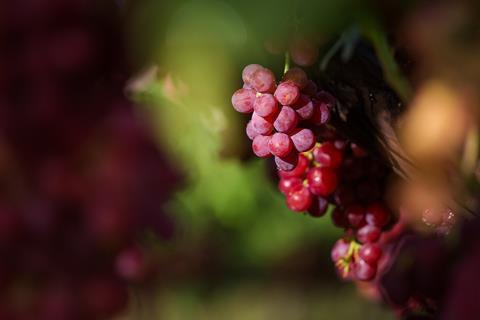Early indications are that the country will offer more table grapes and stonefruit in the US market in the near future
After some years of focusing its development on new markets in the East, the US may be the next big thing for South African table grapes.

The country’s export business has had four successful years of carving new markets for itself in the Far East and Southeast Asia.
Now it is likely that the sector will focus on the US and Canada in order to achieve more sales across the North American continent.
It is a sobering thought that in 1986 – before the US Senate imposed punitive sanctions on South Africa’s apartheid policies, including the country’s fruit sector – the country sold more than 6m cartons annually in North America.
When sanctions were lifted eight years later South Africa, for most of its fruit categories, found it extremely difficult to rebuild the US market in particular.
There is only one exception, the Western Cape citrus industry, which, under special conditions imposed by the US, qualifies as a disease-free region.
Under the Summer Citrus brand, a significant market share has been built up over the past 20 years.
The grape sector, and most stone and pomefruit exporters, found new US plant health regulations too tough to cope with. In recent times South African stonefruit growers and table grape producers have learned to live with tough entry conditions and are now taking a fresh look at the US market.
The advantages that the South African citrus sector enjoys under the AGOA agreement have not gone unnoticed in the grape and stonefruit sectors and may well be a major catalyst for increased exports to the US.
“Canada has been a very good market for our grapes during the past decade’” said Sati chairperson Anton Viljoen.
“This past year the rain in California during their season gave South Africa the opportunities to sell more grapes there with good results. I think the Hex River region can compete well with Chile in the USA.”
Vijoen noted that it was a big market and if South Africa could sell around 10m cartons there in the near future, it would give the country’s growers some breathing space in Europe because South African grapes were often oversupplied during the late season.
It is therefore likely that new Sati CEO Mecia Petersen will head for the US soon to investigate opportunities there, with strategies for servicing such a vast consumer market developed before the new season.
The South African stonefruit industry is also likely to increase sales to the US after some provisional trials there during the past season.
“We have all the new US varieties in our orchards and these varieties are already well-known to US consumers,” said one observer.



